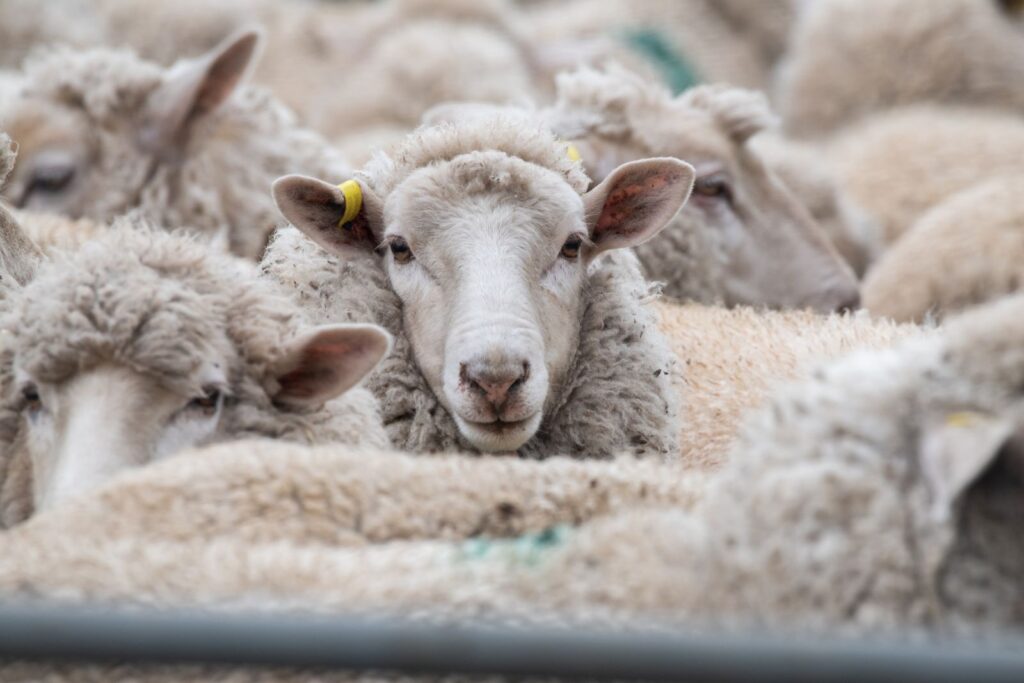Post-drench testing of sheep is key to ensure wormer efficiency
5th May 2023
Sheep farmers are being reminded to test sheep before and after drenching to determine which animals need worming and ensure their chosen treatment is working properly.
Carrying out faecal egg count (FEC) tests before drenching can inform whether a wormer is needed, the best timing and choice of wormer treatment, and any administration or resistance issues with the worming product most recently used, said Elanco ruminant technical consultant Mass Colston.
“Farmers should be testing sheep before they drench; if you spend the time and effort getting the lambs in when they don’t need to be treated, you’re causing unnecessary stress and therefore loss in growth rates, as well as wasting your own time and money.”
He suggested farmers carry out mob FEC testing by collecting 15 to 20 fresh samples of dung from a selection of animals within the group. He emphasized the vital importance of testing due to unpredictable worm burdens in livestock throughout the calendar year.
“The old practice of worming throughout the summer isn’t right anymore; warm and wet weather encourages worm presence and last year it mostly all happened between August and November,” he said.
As best practice, he recommended carrying out the first FEC test when lambs have been out grazing for around three weeks, followed by testing every three to four weeks throughout the season, and more often if lambs are showing signs of scouring or not growing as well as expected.
“Even if you haven’t checked to see what worms are present before treatment, it’s always worthwhile checking to see what’s been left behind,” Mr Colston added.
“If your chosen treatment leaves enough worms behind, the lambs’ growth rates will be affected; you can lose half the potential growth rates before there’s any outward sign that there’s anything wrong with the lambs.”
If worms are still present in sheep after drenching, this could indicate potential problems with product administration or wormer resistance.
Common administration problems include:
- Underdosing of lambs due to not weighing animals regularly enough, and underestimating their weight
- Dosing guns not being calibrated properly
- Not taking enough time to administer the wormer, and failing to ensure each animal swallows their dose
If wormer resistance is suspected on the farm, Mr Colston advises investigating the issue with the farm vet.
“Worms left behind after treatment aren’t necessarily a diagnosis of resistance, but rather an indication that you need to investigate this more closely,” he noted.
“You need to continue to monitor worm egg counts throughout the season, because there will be different worms present at different times of year, and a wormer that doesn’t work so well today, may work well at a different point the season.”
Mr Colston added weighing animals regularly and knowing their correct weight ranges are also important, as well as calibrating the dosing gun properly before use.
For more information on wormers, including calibrating the dosing gun, visit: farmanimalhealth.co.uk/sheep/sheep-worms/sheep-wormer-checker.

